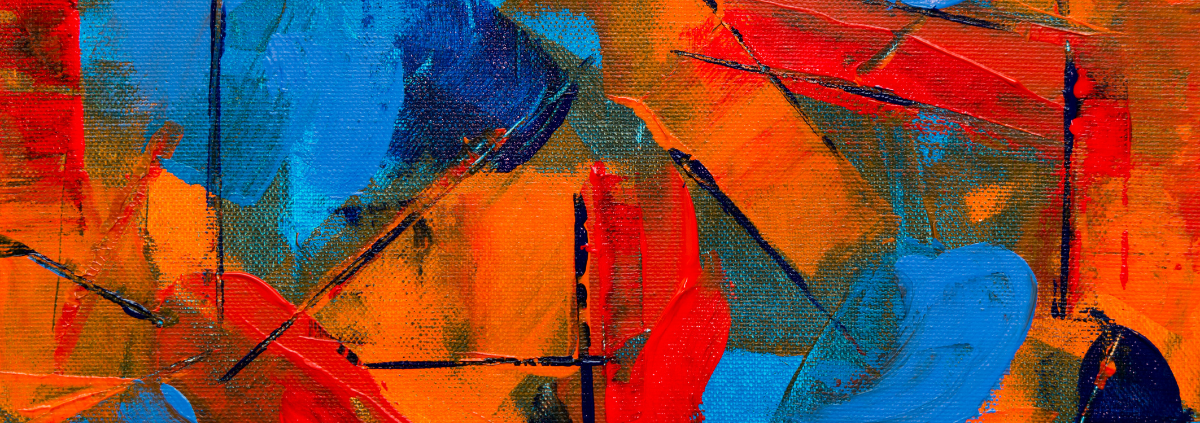The Collectors Guide Part 10: Investing in Fine Art from Around the World
As a fine art dealer, Victoria Fine Art has had the privilege of guiding numerous art enthusiasts and investors through the intricate world of collecting. In this instalment of “The Collector’s Guide,” we look at the subject of investing in fine art from around the globe. With a wide selection of options available, it’s crucial to navigate this landscape with both care and discernment to ensure you make astute investments. So, whether you’re a seasoned collector or a novice looking to start your collection, here’s our guide to understanding the nuances of acquiring fine art from across the world.
Exploring Diverse Art Markets
One of the most exciting aspects of investing in fine art is the opportunity to explore diverse art markets. Here at Victoria Fine Art, we’ve been everywhere. From the bustling galleries of New York City to the vibrant streets of Paris and the emerging art scenes in Asia and Africa, there’s an absolute wealth of artistic talent waiting to be discovered across the globe.
When considering where to buy fine art, it’s essential to research and understand the characteristics of each market. Some regions may be known for specific art movements or styles, while others may offer more affordable options for budding collectors. By immersing yourself in different art scenes and understanding their dynamics, you can make informed decisions about where to invest your resources.
The Importance of Authenticity
In the world of fine art, authenticity is paramount. Whether you’re buying a masterpiece from a renowned artist or discovering emerging talent, ensuring the authenticity of the artwork is crucial. As a fine art dealer, I work closely with reputable sources and artists to verify the authenticity of every piece I offer to clients.
When buying original fine art, it’s essential to ask for provenance and certification to authenticate the artwork’s origins. This documentation provides valuable insight into the piece’s history and adds to its investment value. Additionally, purchasing from reputable galleries and online platforms specialising in fine art ensures that you’re acquiring genuine pieces from trusted sources.
Investing in Emerging Artists
While established artists often command high prices in the fine art market, investing in emerging talent can also achieve significant returns over time. Keep an eye on up-and-coming artists whose work shows promise and potential for growth. By investing in emerging artists early in their careers, you not only support their artistic journey but also have the opportunity to acquire valuable pieces at more affordable prices.
Platforms that are dedicated to showcasing and promoting emerging artists offer a wealth of opportunities for collectors to discover new talent. So, whether you’re browsing fine art for sale online or visiting local galleries and exhibitions, it’s sensible to keep an open mind when exploring the work of emerging artists from around the world. You may just stumble upon the next big name in the art world!
Diversifying Your Collection
Building a diverse collection of fine art is a good strategy to take when trying to mitigate risk while maximising the return on your investment. While it’s tempting to focus solely on renowned artists or popular art movements, diversification allows you to spread your investments across different styles, mediums, and regions.
Why not consider incorporating pieces from various cultures and periods into your collection to add depth and richness? Investing in fine art from different parts of the world not only diversifies your portfolio but also enriches your appreciation for global artistic expression. Whether you’re drawn to traditional landscapes, abstract compositions, or contemporary installations, there’s a world of fine art waiting to be explored.
Navigating Online Marketplaces
Nowadays, with digital access so convenient, buying fine art online has become increasingly popular. From established auction houses to niche galleries and independent artists, there’s no shortage of options when it comes to purchasing fine art online. However, navigating the vast landscape of online marketplaces requires caution and due diligence.
When buying fine art online, research the seller or platform thoroughly to ensure legitimacy and reliability. Look for reviews, ratings, and testimonials from other collectors to gauge the seller’s reputation. Additionally, pay attention to shipping and return policies to safeguard your investment in case of any unforeseen issues.
Investing in Fine Art
As an art dealer who sells fine art online, it’s always at the forefront of my mind that current and potential clients keep a close eye on the Victoria Fine Art website when buying art online from around the world. We have a wide variety of fine art on the website which includes an array of paintings with subjects ranging from landscapes, still life, town scenes and animals.
If you have any questions regarding fine art to buy online at Victoria Fine Art or wish to set up an appointment, please don’t hesitate to get in touch. Feel free to complete this form, telephone +44 (0)1727 861669 or email info@victoria-fine-art.com for more information.


